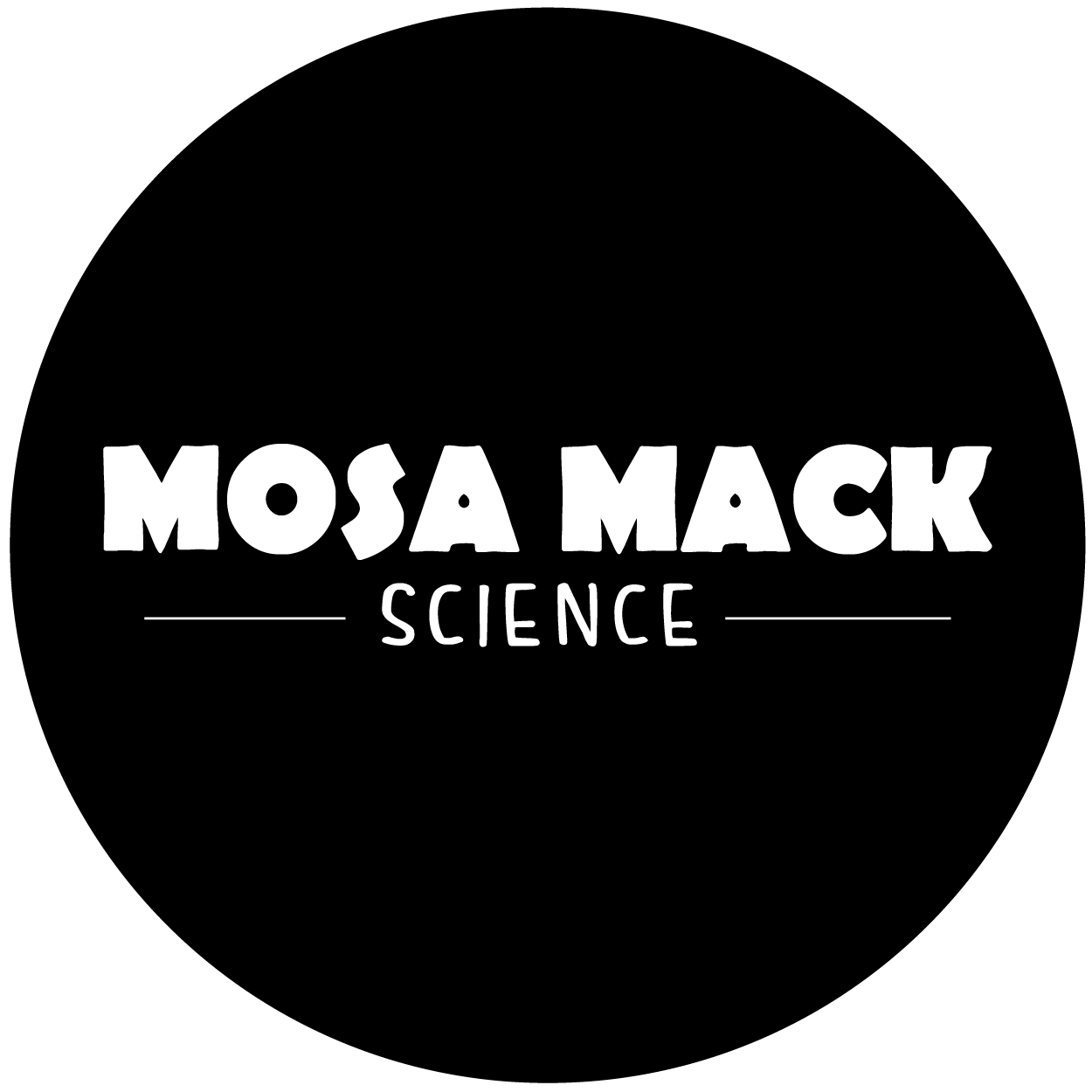
District Spotlight: Sayreville School District, NJ
Teachers feel empowered using Mosa Mack materials. Now our science classrooms are full of discovery, investigation, and meaning-making.”
The adoption of Next Generation Science Standards (NGSS) 10 years ago has changed the way we teach science in school. For one school district in New Jersey this propelled them to find fresh, dynamic solutions.
The Challenge
New Jersey’s Sayreville School District serves more than 7,000 PreK–12 students across 9 schools. Sayreville Middle School is the only middle school in the district, marking the first time that students from its five feeder elementary schools come together to learn. As a result, science science teachers:
-
- Face a new group of students every year who’ve experienced different approaches to science instruction and have varying levels of scientific understanding
-
- Teachers are tasked with building coherence and community, as well as advancing the district’s mission to prepare their students to be successful in and out of school
The Sayreville team felt that, because their science curriculum relied so heavily on textbooks, worksheets, and stationary ‘heads-down” resources, it lacked the spirit and rigor their students needed to be engaged in science. For Carolyn O’Connor, supervisor of science instruction, this presented an opportunity to rethink how the district approached science. After piloting several different science materials, Sayreville found that Mosa Mack Science best fit the needs of the district’s teachers and students.
“I knew this wasn’t how students learned best, and I was determined to find NGSS-aligned materials that were more exciting. Any change is hard, so O’Connor was deliberate in her search: “I only wanted to present my science team with resources I knew they would connect with and that their students would love. I also wanted to be sure that the learning curve for adopting new materials wasn’t prohibitively steep.” —Carolyn O’Connor, supervisor of science instruction
The Solution
Mosa Mack Science was one of the sets of science materials that were piloted. Sayreville teachers appreciated that Mosa Mack bakes teacher development into the content itself, empowering them to be facilitators of learning rather than lecturers. This approach allowed for flexibility and tailoring, and thus made it easier for Sayreville Middle School teachers to work with a class of students who’d all learned science differently.
The Outcome
In the 5 years since they’ve adopted Mosa Mack Science, the culture and quality of its science education program has improved greatly:
-
- Teachers and students share a sense of discovery, thrill, and enthusiasm about teaching and learning science.
-
- Students exhibit greater mastery of NGSS standards and a deeper understanding of both scientific concepts and the language of science.
-
- Classroom culture has evolved to be more active, rigorous, and hands-on.
-
- The lessons helped students see themselves as scientists, using critical thinking to solve scientific mysteries.
Looking Forward
Mosa Mack Science materials have changed the way science is being taught in Sayreville classrooms. With more students embracing their inner scientist and more teachers equipped to guide thoughtful and exciting learning experiences, Sayreville middle school serves as a great example of how the district is living out their mission to graduate students who are prepared to take on the challenges of the 21st century.

Leave a Reply